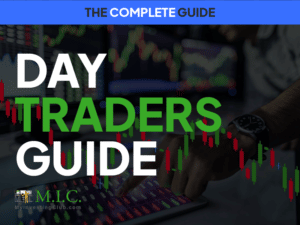When starting out in day trading, you must know exactly how much buying power you have. After all, you don’t want to overcommit and be unable to cover your positions. So, what is day trading buying power? In short, it’s the amount of money you have available to trade with on any given day. Here’s a more in-depth look.
What is Buying Power?
Your day trading buying power is the amount of money you have available to trade with on any given day. This includes funds from your broker as well as your own personal funds. Generally speaking, your day trading buying power will be 4:1 for stocks. So, if you have $10,000 in your account, that gives you $40,000 in buying power.
However, you should be aware of a few different types of day trading buying power.
These include:
- Cash account buying power: This is the most straightforward type. It simply refers to the amount of cash you have available in your account to trade with.
- Margin account buying power: A margin account allows you to borrow money from your broker to trade with. So, if you have a margin account with a 50% margin, that means you can trade with $10,000 even if you only have $5,000 in your account.
- Portfolio margin buying power: If you have a portfolio margin account, you can trade with higher leverage than a standard margin account. For example, with a portfolio margin account, you might be able to trade with 4:1 leverage instead of 2:1 or 3:1
How It Works
When you open a day trading account with a broker, you’ll be assigned a “maintenance margin.” This is the minimum amount of equity you must have in your account to keep your trades open. For most stocks, the maintenance margin is 30% of the stock’s current market value. So, if you want to buy $1,000 worth of XYZ stock, you must have at least $300 in your account as equity.
Your broker may also require you to have what’s known as a “minimum margin” in your account. This is the minimum amount of equity required to open new positions. The minimum margin is usually set at 50% of the maintenance margin, so you would need at least $150 in your account to open new positions in our example above.
It’s important to note that these requirements can change at any moment and are not always static. That’s why it’s crucial to keep an eye on your account balance and ensure you have enough equity to meet the margin requirements set by your broker.
Ultimately, how much day trading buying power you have will come down to your account type and the amount of money you’re willing to risk. If you’re just starting out, you must be cautious and not overcommit yourself. Once you get a better handle on the market and how much risk you’re comfortable taking, you can start increasing your position size and leveraging more capital. But always remember: never risk more than you’re willing to lose!

